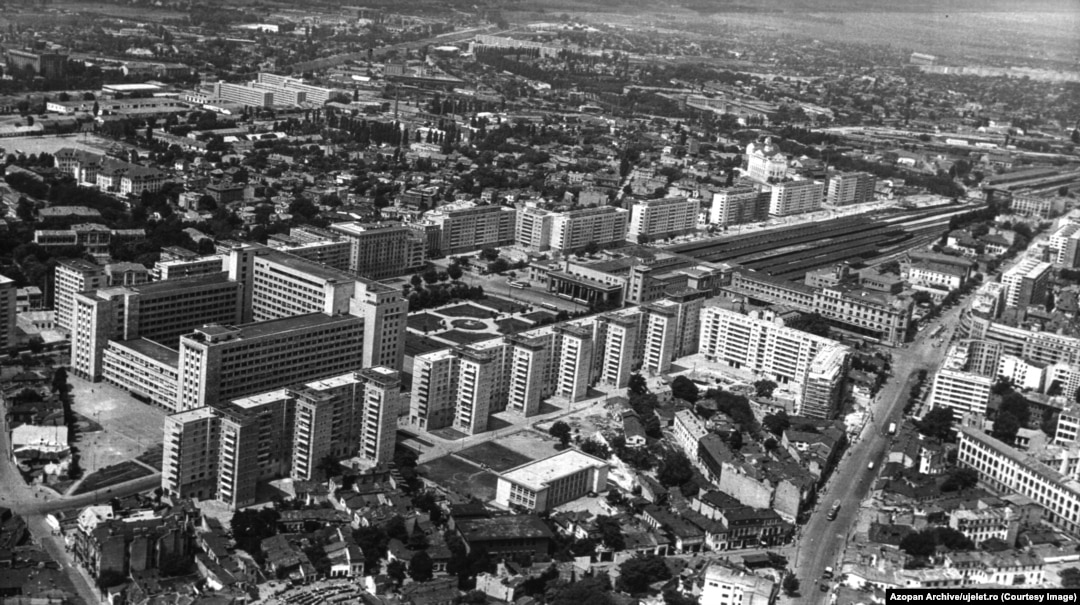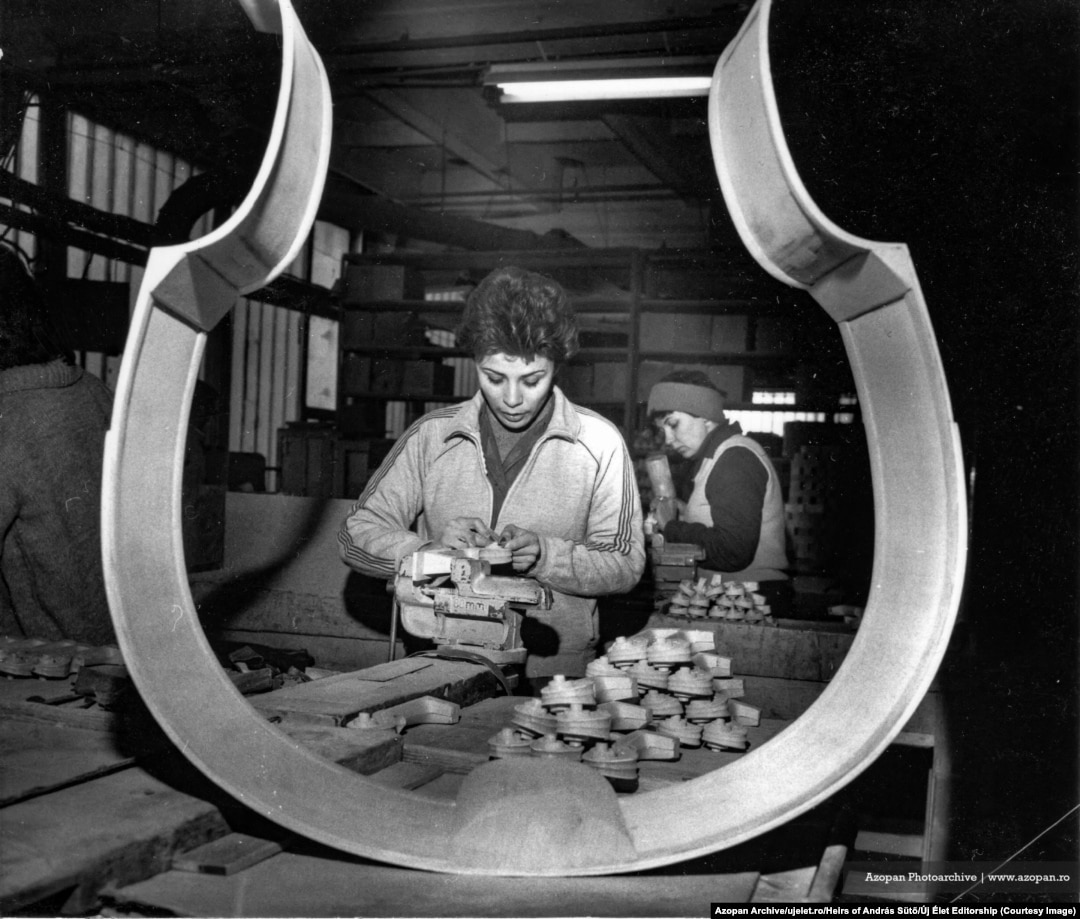The Volunteers Who Revived 'Romania's Life Magazine'

This image, of Romanian youngsters walking on stilts, is one of more than 5,000 photos published online in early November from salvaged archives of the Romanian photo journal Uj Elet.

The interior of Bucharest’s Caru cu bere (The Beer Wagon) photographed in 1965
Uj Elet, meaning "New Life," was a Hungarian-language publication targeted at the approximately 1 million Hungarian speakers in Romania. The magazine began publication in 1959.

An aerial view of Bucharest’s Gare du Nord train station
Edgar Szocs, who created the online archive, told RFE/RL that the idea came after he learned about dozens of boxes of photos taken by Uj Elet photographers languishing in a library in Romania’s Transylvania region.

Workers inside a musical instrument factory in Reghin, Transylvania, in 1980
“I contacted them and they were glad,” Szocs recalled of the thousands of images he discovered in the rural library. “They said, ‘Oh, wow, you’re interested in those?' Because they’d just been sitting there for years.”
Men look over Herastrau Lake in Bucharest toward the House of the Spark, a building that housed a state-run newspaper in Ceausescu's Romania.
Szocs is one of the founders of Azopan, an open-access photo archive of largely amateur photos from Romania’s 20th century, meaning the infrastructure needed for the Uj Elet archive was already largely in place.
An uncaptioned image from the Uj Elet archive
Szocs hopes the resource will enable as many images as possible to be identified by users with verifiable knowledge who can contribute captions. The photos can also be linked to the edition of the magazine in which they appeared.
Dancers perform at an unspecified location.
Uj Elet has been compared to the United States' picture-heavy Life magazine, which was an approximate contemporary. But, being published throughout the rule of communist dictator Nicolae Ceausescu meant there were tight restrictions on what could be written or photographed in the Romanian publication.
This photo, of American tourists in Bucharest in 1961, accompanied a glowing feature on foreign tourism that promised "attention, kindness, and comfort" for foreign travelers. In fact, by the 1980s, tourists were largely avoided by everyday Romanians since any interaction with foreigners required that a report be filed with the police.
Other photo captions capture the finger-wagging tone of Romania's state-run media.
This image of the aftermath of a 1965 traffic accident came with the text: "Here are the shocking consequences of carelessness! The car in the ditch, the motorbike in the middle of the road. Its owner is mourned by his parents and children.... Let us hasten to learn the lesson: Safe transport is also a matter of collective responsibility and precaution."
Szocs says that, for him, the image that most stands out from the thousands he has sifted through is this panoramic photo of the industrial landscape surrounding Corvin Castle (right).
"That was the castle of the family of King Mathew of Hungary,” Szocs said. “Nowadays, there is nothing left [of this backdrop]; the whole industrial plant around the castle was torn down after 2000."
A rock-carving artist works at an unspecified location.
Uj Elet described its mission as being to inform its readers "about the major political and social events of our time, which are essential for raising the cultural level of the broadest masses of the population and for shaping the worldview of socialist man."
A couple in traditional clothing at a festival, probably in Romania's Cluj region
After the Romanian revolution, Uj Elet continued for several years under the name Erdelyi Figyelo (Transylvanian Observer). Its last issue was published in 1996.

